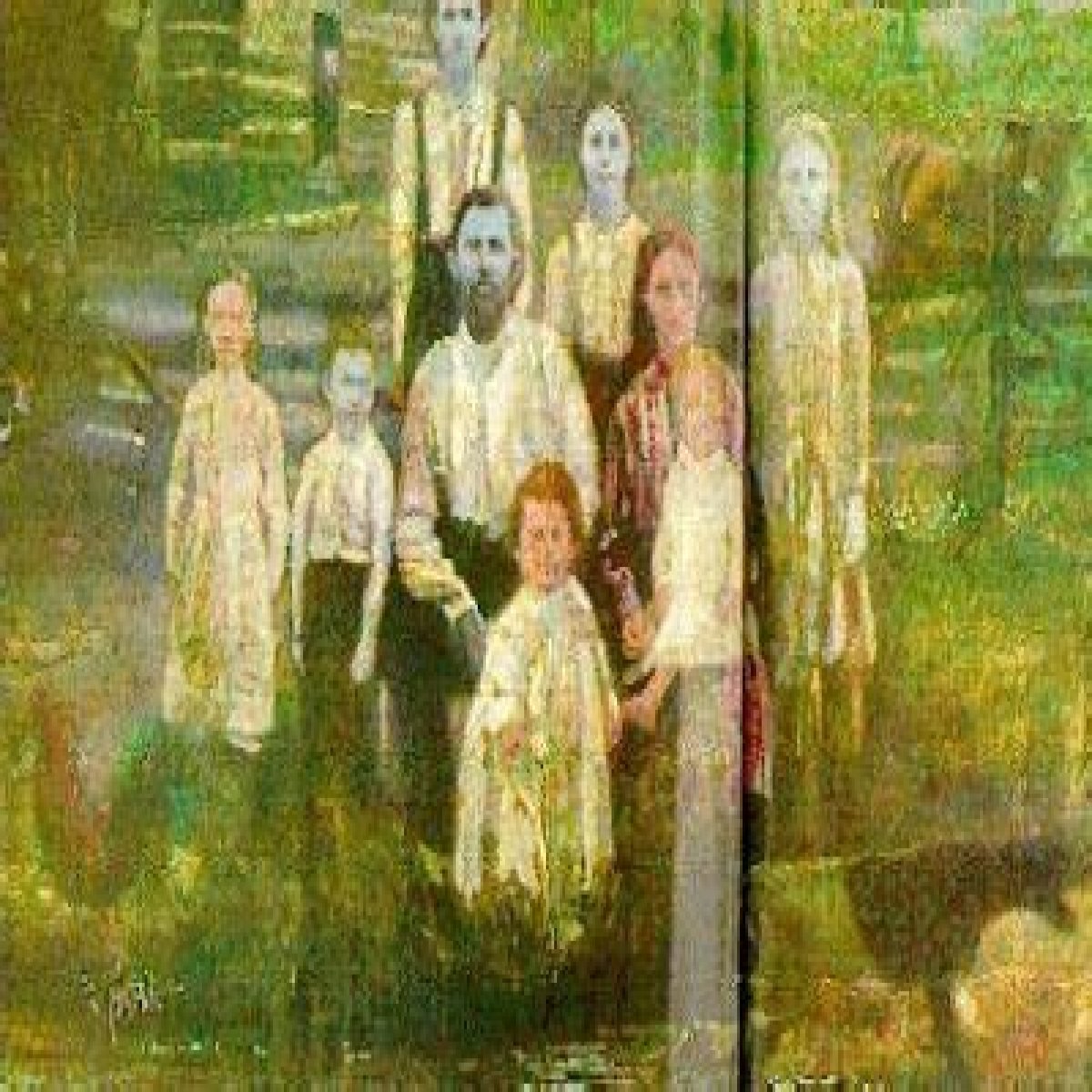The Blue People of West Virginia are a fascinating chapter in the rich tapestry of American folklore and history. Nestled in the Appalachian Mountains, this tale weaves together the threads of genetics, culture, and the human condition. The story revolves around a unique family known as the Fugates, who were famously known for their striking blue skin. This unusual phenomenon has captivated the interest of both scientists and curious onlookers alike, sparking discussions about genetics, ancestry, and the mysteries that nature holds.
The Fugate family of Troublesome Creek, Kentucky, were the original blue people, and their lineage has intrigued many since the 19th century. Their unique condition is believed to stem from a rare genetic disorder called methemoglobinemia, which affects the oxygen-carrying capacity of the blood and results in a bluish tint to the skin. As more people learned about the blue people of West Virginia, their story became emblematic of the complexities of genetics and heredity, showcasing how isolation and intermarriage can lead to extraordinary traits.
While the blue people of West Virginia may seem like a myth or urban legend, their existence raises important questions about identity, acceptance, and the perception of difference in society. This article will delve deeper into their fascinating story, exploring their history, the genetics behind their unique appearance, and how they came to be known as the blue people of West Virginia.
- Who Were the Blue People of West Virginia?
- What is Methemoglobinemia?
- What is the Legacy of the Blue People of West Virginia?
- Are the Blue People of West Virginia Still Around Today?
- What Do We Know About the Fugate Family?
- What Can We Learn from the Blue People of West Virginia?
- Conclusion: The Enduring Fascination with the Blue People of West Virginia
Who Were the Blue People of West Virginia?
The blue people of West Virginia, often linked to the Fugate family, represent a unique genetic anomaly. Their story began in the early 1800s when Martin Fugate and his wife settled along Troublesome Creek. Their ancestry was primarily comprised of individuals with similar genetic backgrounds, leading to the passing down of this rare condition through generations.
What is Methemoglobinemia?
Methemoglobinemia is a condition that causes an abnormal amount of methemoglobin in the blood, a form of hemoglobin that does not effectively release oxygen to body tissues. This can lead to a bluish discoloration of the skin. The blue people of West Virginia are believed to carry a recessive gene that results in this condition. Here are some key points about methemoglobinemia:
- It can be inherited or acquired through exposure to certain chemicals.
- Symptoms may include a bluish tint to the skin, fatigue, and shortness of breath.
- In severe cases, it can lead to serious health complications.
How Did the Blue People of West Virginia Impact Society?
The blue people of West Virginia sparked curiosity and intrigue, drawing attention from scientists, historians, and the general public. Their existence challenged societal norms and perceptions of physical differences. Here are some of the ways they impacted society:
- They became a subject of scientific research, leading to greater understanding of genetic disorders.
- Their story highlighted issues of stigma and acceptance for those who are different.
- They inspired folklore and cultural narratives around the concept of the 'other.'
What is the Legacy of the Blue People of West Virginia?
The legacy of the blue people of West Virginia extends beyond their physical appearance. Their story serves as a reminder of the diverse tapestry of human genetics and the importance of understanding and embracing differences. The Fugate family’s unique history has paved the way for discussions about genetic research and the ethical implications of studying genetic disorders.
Are the Blue People of West Virginia Still Around Today?
Today, the descendants of the Fugate family still exist, though the incidence of methemoglobinemia has diminished in recent generations. Genetic testing and increased awareness have contributed to a better understanding of the condition. Many descendants take pride in their heritage, sharing their story as part of West Virginia’s cultural history.
How Can We Learn More About the Blue People of West Virginia?
For those interested in learning more about the blue people of West Virginia, there are several avenues to explore:
- Books and documentaries that delve into the history of the Fugate family.
- Scientific journals that discuss methemoglobinemia and its genetic implications.
- Local folklore and cultural narratives that celebrate their story.
What Do We Know About the Fugate Family?
| Name | Birth Year | Relation |
|---|---|---|
| Martin Fugate | 1800 | Patriarch |
| Elizabeth Smith | 1820 | Wife |
| Benjamin Fugate | 1840 | Son |
| Sarah Fugate | 1860 | Daughter |
What Can We Learn from the Blue People of West Virginia?
The blue people of West Virginia remind us of the beauty of diversity and the importance of acceptance. Their story is a powerful testament to the resilience of the human spirit and the complexities of our genetic makeup. By studying their history, we can better understand the importance of compassion and understanding towards those who may be different from us.
Conclusion: The Enduring Fascination with the Blue People of West Virginia
The blue people of West Virginia continue to fascinate and inspire curiosity in people around the world. Their unique story serves as a reminder of the rich diversity of human experience and the importance of embracing our differences. As we explore their legacy, we are encouraged to celebrate the beauty of individuality and the intricate connections that bind us together as a human family.
